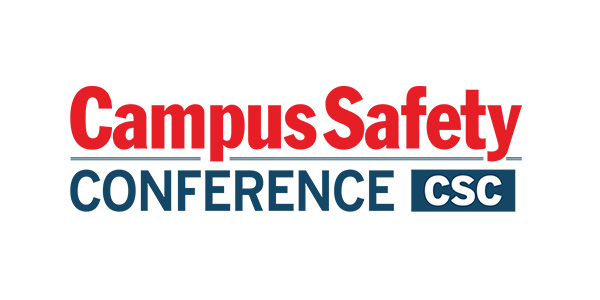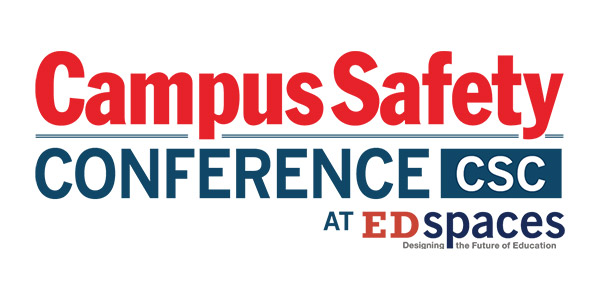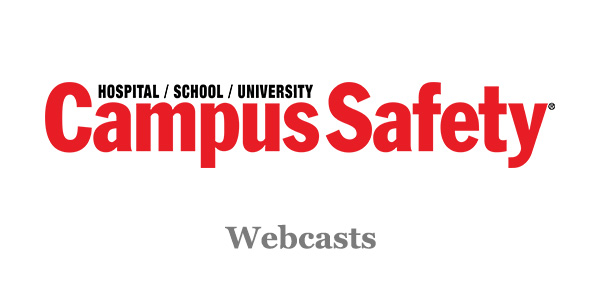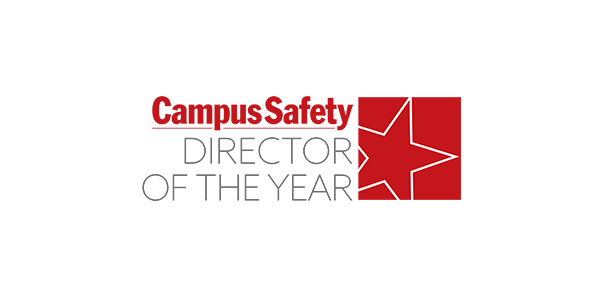Institutions of higher education are more than just centers of learning; they are complex ecosystems with diverse populations, intricate infrastructure, and significant community impact. From bustling sporting events to cutting-edge research labs and on-campus housing, universities and colleges face a wide spectrum of potential emergencies. Ensuring the safety and well-being of students, faculty, staff, and visitors requires robust and proactive emergency management programs. Often operating behind the scenes, these programs are crucial for fostering resilient campuses capable of preparing for, responding to, and recovering from a variety of crises.
Take Our Survey: Are Campus Public Safety Wages Keeping Up with Inflation?
At the forefront of supporting and advancing this critical field within academia stands the International Association of Emergency Managers (IAEM) Universities and Colleges Caucus (UCC), a dedicated group fostering collaboration, providing resources, and amplifying the voice of emergency management practitioners at institutions of higher education.
No College Is an Island
Recognizing that no single institution can be entirely self-sufficient in the face of a major crisis, the IAEM UCC spearheaded the development of the National Intercollegiate Mutual Aid Agreement (NIMAA). NIMAA is a mutual aid process that facilitates the sharing of resources across U.S. colleges and universities. Unlike traditional mutual aid agreements, which often exclude or inadequately address the needs of higher education, NIMAA offers a formal mechanism for institutions — public and private, large and small — to support one another in times of need.
While NIMAA is traditionally considered for its use during emergencies, the agreement can also be used for planned events, training, and exercises. This can include sharing personnel, teams, equipment, supplies, or any other resource that is needed and agreed upon. It carefully outlines key aspects, such as the scope of service, reimbursement procedures, liability, activation and operational control, and limitations of participating institutions. Signing is entirely voluntary and does not prevent institutions from participating in other agreements. It also doesn’t mandate the allocation of resources.
Who Participates in NIMAA?
NIMAA signatories span the nation but use of the agreement at a local and regional level is also encouraged. As of the writing of this article, 145 institutions across 10 FEMA regions and 30 states have signed NIMAA, representing a diverse range of higher education institutions. Numerous successful activations, such as shelter and EOC support during Hurricane Irma, providing supplies during the COVID-19 response and staff support for planned events including the Presidential Inauguration and campus protests; demonstrate the tangible benefits of this collaborative agreement.
Incident demands vary, and intentional flexibility has been built into the NIMAA activation process. This includes the ability to activate through direct contact between institutions or via open requests to all signatories using an online request management tool.
Related Article: How Universities Can Make ICS Work for Them
The work of emergency management professionals in higher education, supported by initiatives like NIMAA, showcases a strong commitment to being good stewards of resources. Faced with budgetary constraints and the unpredictable nature of emergencies, collaboration becomes a vital resource multiplier. NIMAA enables the sharing of resources during critical periods, potentially reducing institutional investment in excess or highly unique resources that might only be needed in rare circumstances.
Despite the sometimes competitive landscape of higher education, where institutions vie for students, faculty, and research funding, the field of emergency management within these institutions exhibits a remarkable degree of collegiality. The shared mission of ensuring the safety and well-being of their campus communities transcends competitive pressures. The willingness to participate in initiatives like NIMAA exemplifies this collaborative spirit.
Why Colleges and Universities Should Consider Joining NIMAA
- Strategic Tool for Preparedness: NIMAA serves as an additional “tool in the toolbox,” available for use during emergencies, planned events, training, or exercises — whenever collaboration can enhance campus resilience.
- Flexible Resource Sharing: NIMAA enables institutions — public and private, large and small — to share personnel, equipment, and expertise across tens, hundreds, or even thousands of miles, creating a truly national support system.
- Access to Unique Higher Education Resources: Certain personnel and resources are specific to higher education and are often difficult, or impossible, to source through vendors or government entities. NIMAA facilitates peer-to-peer support for these unique needs.
- Voluntary Participation: Signing the agreement does not obligate institutions to respond or provide resources, making it a low-risk, high-reward addition to any emergency management strategy.
For additional information on the National Intercollegiate Mutual Aid Agreement (NIMAA), including how to become a signatory and access its resources, please complete the NIMAA Interest Form or contact your regional representative.
Matthew Shpiner, MSCJ is Executive Director of Emergency Management at the University of Miami, and John Tommaney is Director of Emergency Management at Boston College.
Note: The views expressed by guest bloggers and contributors are those of the authors and do not necessarily represent the views of, and should not be attributed to, Campus Safety.







